Against Subtlety
It sucks.
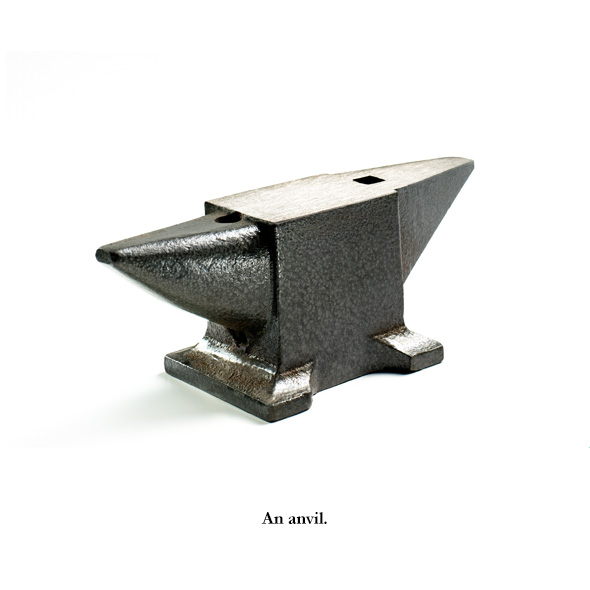
Let me be blunt: Subtlety sucks. This statement might anger you. Most of us take for granted that subtlety, in the arts, is a virtue. You can see it in our critical language: It’s common to say that a book or movie lacks subtlety—the implication being that subtlety is an essential quality. Other times, we say a song or TV show is heavy-handed, or hits you over the head with its message. Even worse is the rise of the more hair-splitting phrase on the nose, as in “Wouldn’t you say that metaphor was a bit on the nose?” It’s become an artistic sin to “hit it right on the nose,” to be right on target. We have to be more oblique, less direct, more obscure.
Our obsession with subtlety, in the way we think about art, is all-pervading. You’ll find it in Mad Men exegeses, literary criticism in the New Yorker, all sorts of movie reviews, theater criticism, and music reviews. Even a recap of an episode of the sitcom Black-ish complains, “I get it and it’s clever enough—but … it’s a little too on-the-nose.” I confess that I’ve sometimes made this accusation myself, such as in this 2012 movie review. It’s become such a part of the critical M.O. that I slip into it whenever I start to fly on autopilot.
For a particular case of how we police subtlety—and for evidence of just how arbitrary it can be to assess whether something possesses the proper degree of it—look no further than the reviews of Jonathan Franzen’s new novel. Purity is like Franzen’s earlier novels except “without the emotional resonance and subtlety,” declares the Economist. The Washington Post and the Independent, by contrast, single out the book’s subtlety for praise. Particular attention has been paid to the novel’s parallels with Great Expectations. Critics generally agree that these references are “heavy-handed” (Jezebel) and “none-too-subtle” (the Financial Times), though Kirkus Reviews suggests that Franzen’s Dickens nod “isn’t heavy-handed.” One of the most exasperated notices comes from Deadspin’s culture site, the Concourse, which singles out a sentence about some seals barking (“You could hear them from miles away, their arp, arp, arp a homing call to family members still out diving in the fog”) to complain that Franzen is “a little on-the-nose with the metaphors.” (The heroine is on her way to see her mother.) In New York, Christian Lorentzen sums up the critical response, noting that Franzen stuffs the book with “symbols and allusions that are never too difficult to catch” and “pounds the notes of guilt and shame a little too hard with his Victorian hammer.”
Lorentzen is right to identify this approach as Victorian, just as Franzen, with his allusions to Dickens, is right to place the book in a stylistic lineage with the most famous (and most unsubtle) great novelist of that era. The reign of Queen Alexandrina Victoria was the last time we didn’t think it so crucial—or even good—to be subtle.
The positive connotation that now accompanies subtle is relatively new. When most critics use the word today, they use it to mean, as the Oxford English Dictionary puts it, “(deftly) understated,” or, as Merriam-Webster has it, “hard to notice or see: not obvious.” (This is of course not the word’s only contemporary meaning. Some still use subtlety to mean nuance, for example, which is a whole separate topic—my beef is not with nuance.) Before the 19th and 20th centuries, subtle was more akin to obscure, a word that means essentially the same thing but has a negative connotation. As the 17th-century poet Samuel Butler put it, “The subtler Words and Notions are, the nearer they are to Nonsense.” But after the industrial revolutions and educational reforms of the 19th century led to an explosion in the literate population, the Modernists drove meaning deeper and deeper below the surface, with some of them explicitly hoping to wall off their work from the masses: As D.H. Lawrence wrote in one 1917 letter, “There should be again a body of esoteric doctrine, defended from the herd. The herd will destroy everything.” At the same time as cultural hierarchies of highbrow and lowbrow were constructed, it became common to criticize things for being unsubtle or heavy-handed.
The critics followed the writers, and in the mid-20th century the New Criticism gave us an emphasis on close reading and locating subtext, while at the same time the rise of literary minimalism and creative writing MFA programs spread the gospel of “show, don’t tell” and Hemingway’s iceberg theory, which holds that the substance of a story, like the body of an iceberg, should remain below the surface.
Twenty-first-century tastemakers like to think of themselves as beyond highbrow vs. lowbrow—that monocle popped long ago—but our eye for subtlety persists. A decade ago, when TV recapping was still finding its footing, it was in vogue to look for anvils. By 2004, the dearly departed site Television Without Pity, a breeding ground for wags who were smarter than your average couch potato (the site was founded by lit majors) that helped pioneer many aspects of recap culture, made this official: They named anvils a part of “The TWoP Lexicon.” Anvil or anvilicious, they said, meant “obvious or heavy-handed writing that has no regard for the viewer’s intelligence, thus bludgeoning them over the head with parallels et al. in the manner of Wile E. Coyote and his Acme Brand anvils.”
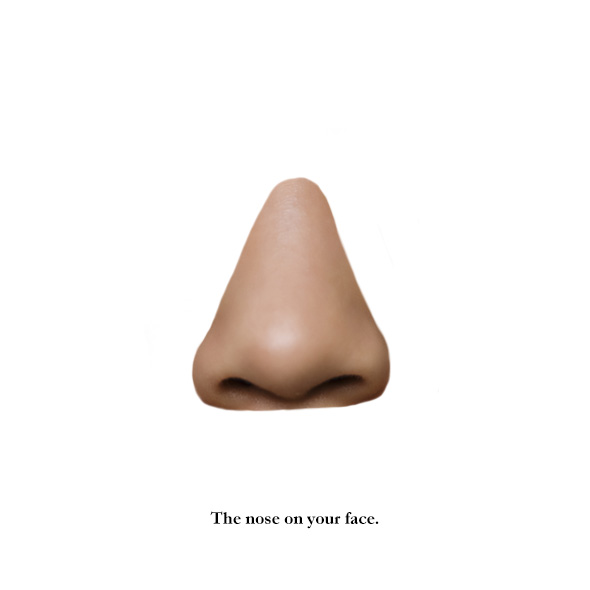
In the decade since, it’s become less common to look for the clanging of anvils and more common to to look for moments that are on the nose—even if it’s just “a bit,” “a little,” or “somewhat.” As recently as a decade ago, on the nose typically meant something positive. (Most dictionaries haven’t even added the new definition yet, keeping instead only the century-old meaning of “exactly right” or “on target.”) Now calling out on-the-nose–ness, like hunting for anvils before, is practically its own sport: We spot it in a callback to an 8-year-old episode of Mad Men, the title of an episode of Wayward Pines, the appearance of some portentous-seeming oranges in Breaking Bad, or even the lighting and staging of Nashville.
And so we mock obvious symbolism. We cringe at message movies and melodrama and novels that too readily reveal what they mean. And we roll our eyes at too-clear subtextual signaling even when we sit down to watch wonderfully unsubtle programs on TV. If we no longer hold the high above the low, why do we still hold the subtle above the unsubtle?
* * *
The idea that to be on the nose is undesirable seems to have its origins in comedy (you can see it jump from the writers’ room to the screen in meta moments of Desperate Housewives and Family Guy), which brings us to one of subtlety’s more defensible defenses: Being unsubtle can be a little like explaining the joke. According to this line of thought, to be unsubtle is bad because you deny the joy of realization. It’s true that there’s pleasure in discovering something for yourself, but we should ask ourselves whether that’s more important than communicating clearly, or delivering that joy to larger audiences. Too often this defense is a form of self-flattery: This is made plain when we complain that something “talks down to us” or “insults our intelligence,” as if the point of a book or TV show is to stroke your ego.
Others argue that doing interpretive work, having to search for meaning, is good not because it’s pleasurable, but because it exercises your brain, like a muscle, making it strong. This is the “no pain, no gain” theory of forcing audiences to dig deeper for hidden meaning. But here’s the thing: It’s still just a theory. Studies have tried again and again to prove it—both for literary fiction and, more recently, for prestige television—but when it comes down to it, there’s no real evidence that more subtle entertainment makes you smarter.
Even Hemingway’s famous Iceberg Theory, the “Theory of Omission,” only works to the extent that the reader picks up on what’s omitted—i.e. to the extent that the work isn’t actually all that subtle. Without the references Hemingway makes to an operation and, well, white elephants—a little on the nose, Ernest!—“Hills Like White Elephants” is just a story about a bickering couple. At worst, this kind of coy pruning makes a false virtue out of forcing readers to guess at the writer’s intention rather than making that intention clear.
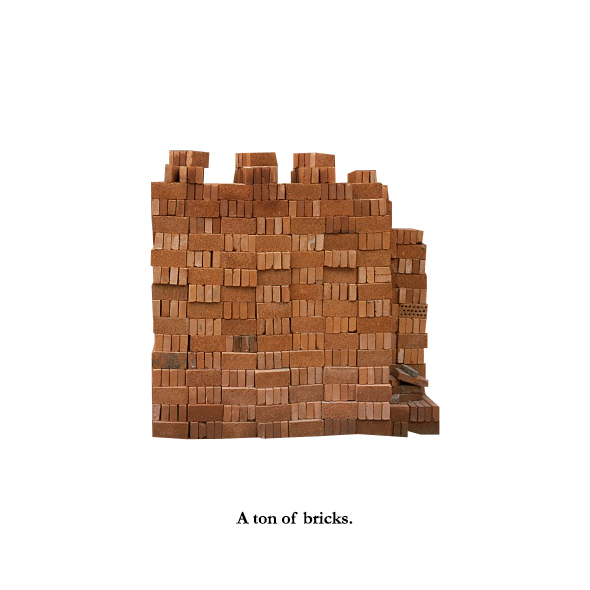
One last defense of subtlety I’ve heard is that subtle art is free of blunt, distracting gestures—the author’s hand rendered visible, intruding onto the screen, stage, or page and breaking the spell. But there is nothing wrong with the hand of the author being visible as long as its presence is purposeful and of a piece with the rest of the work. Dickens can get away with names as unsubtle as Stryver (for a man who’s upwardly mobile) or Mrs. Leo Hunter (for a lion hunter), because those names are no more fantastical than anything else in the story, and no less wry. He hasn’t slipped and fallen onto the page; he’s been sitting there all along, winking at his reader, and the novel is all the more enjoyable because of it. For heaven’s sake, Hitchcock used to walk right into the frame.
* * *
The Master of Suspense happens to be a terrific example of how history shows us, again and again, that we actually don’t care as much about subtlety as we might expect, given its prevalence in the critical vocabulary. Take Psycho, for example. At the time of its release, Bosley Crowther’s dismissive Times review snidely remarked, “There is not an abundance of subtlety.” Complained Crowther: “Hitchcock, an old hand at frightening people, comes at you with a club in this frankly intended bloodcurdler.” The New Yorker filed a similar grievance: “It’s all rather heavy-handed and not in any way comparable to the fine jobs he’s done in the not so distant past.” In other words, critics mistook the boldness of its style and the radicalness of its shocks—all spiraling cameras, shrieking violins, and openly leering camerawork that pulls the curtain back on viewers’ desires—as obvious and regressive, rather than as precisely what would move the medium forward. The reigning greatest film of all time, Hitchcock’s Vertigo, faced similar criticism for being too on-the-surface, but in hindsight this perceived weakness has become a strength: As James Gray puts it in the new documentary Hitchcock/Truffaut, “The subtext seems to be boiling up until its almost text.”
Even Citizen Kane—the Citizen Kane of movies!—is not a subtle work. In Pauline Kael’s epic two-part essay on the Orson Welles list-topper, she noted it isn’t “a work of subtle beauty.” Instead, she praised it backhandedly as “a shallow masterpiece” that is “overwrought” with “obvious penny-dreadful popular theatrics.” Indeed, if you look at the directors who have the most movies on the American Film Institute’s list of the 100 greatest American movies of all time, you come you up with a virtual Hall of Fame of Heavy-Handedness: Spielberg, who is by no coincidence also the highest-grossing director of all time, leads the pack with five entries (Schindler’s List, which Kael also criticized for being “very heavy-handed,” plus E.T., Jaws, Raiders of the Lost Ark, and Saving Private Ryan), followed by Hitchcock, Stanley Kubrick, and Billy Wilder. The exceptionally weighty hands of Frank Capra follow not far behind. Yet these filmmakers’ masterpieces stand the test of time—in part, perhaps, because their unsubtle appeal—the thrill of a man outrunning a boulder, the hilarity of a man riding an atom bomb like a bucking bronco—has encouraged generation after generation to discover and love them anew.
This phenomenon isn’t limited to movies. In letters, look no further than The Great Gatsby, at which critics initially sniffed for being “painfully forced” and “not strikingly subtle.” Some of this criticism persists, with a 2013 article in New York magazine disdaining the book for being “full of low-hanging symbols.” Dickens, too, once was dismissed for the offense of not being subtle. The influential literary critic F.R. Leavis, in his 1948 book The Great Tradition, banished Dickens from his canon of “the great English novelists” for this crime, contrasting his work with Joseph Conrad (whom he found “subtler”), George Eliot (whom he praised for her “subtle … use of symbolism”), Jane Austen (the one author whose subtlety he did not rate), and Henry James … whom he praised for his “un-Dickensian subtlety.” But as the years stretched on, Leavis came around on Dickens—deciding he was subtle after all.
I should note that I’m not the first to suggest a pattern here. As the novelist Michael Cunningham, author of The Hours, said in 2006:
History has, it seems, a tendency not only to forgive artists their shortcomings but to value potency over subtlety. … Along with many other adjectives, the word “corny” can be reasonably applied to parts of The Scarlet Letter, Moby Dick, The Great Gatsby, and The Sun Also Rises (I mean, really, a guy who’s had his balls shot off?), among others. Ginsberg’s “Howl” is already going into history, as many more exquisitely wrought poems are not. We don’t all love all those books, but there’s no denying that the human race seems to have some ongoing interest in them.
To be clear, I’m not saying that all art must be unsubtle. (Though a lot of it would be better if it were.) Certainly there will always be people whose taste simply runs toward the subtle, and de gustibus, etc. Similarly, there will always be creators whose visions tend toward the understated. Even I enjoy some variety. But it’s when subtlety is held up as an unquestioned virtue that it does the most damage.
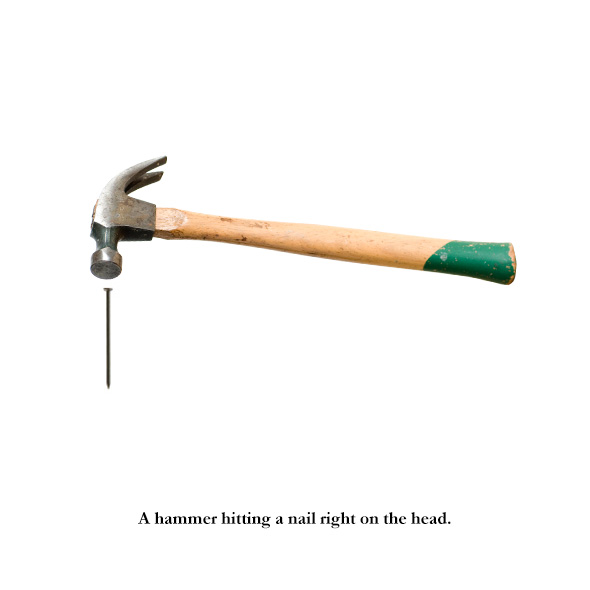
Because bluntness is also a virtue. When artists don’t muffle themselves in service of subtlety (or in fear of being called unsubtle), they kindle fervor and fire. When we dispense with subtlety, we’re rewarded with work that resonates in every seat in the theater, not just in the orchestra section. And the more a work has something important to convey, the more it should not be subtle. Spike Lee, whose messages about race in America could hardly be more urgent, has been downgraded throughout his career for being “heavy-handed,” “melodramatic,” and “not exactly subtle.” Even some contemporary reviews of Do the Right Thing and Malcolm X called them “hardly subtle,” “shrill,” and “didactic.” But if Spike Lee wants to speak to the whole nation, why shouldn’t he pick up a megaphone?
When we stop fussing over what’s too heavy-handed, we can also start piling on the pleasure, and grabbing straight for the heartstrings. When we don’t worry about taking the long way around, we gain an emotional directness that is more in tune with the way people actually feel. People’s emotions, after all, are not always subtle. They are not hidden under a blanket inside their souls. People feel things, strongly, and creators that underplay that are making it harder for their audiences to connect purely and viscerally to their work. Is every enigmatic thousand-yard stare from Don Draper really better than Jesse Pinkman breaking down and saying “I killed her,” or a snippet of voice-over from the Latin Love Narrator, or a “splash, punch” from Cookie Lyon?
Perhaps some of these lessons are already sinking in. However you define “the New Sincerity”—the term has described everyone from David Foster Wallace to Charlie Kaufman and Wes Anderson—we can agree that it refers at least partially to saying what you mean, to what Wallace called “single-entendre principles” and the willingness to “risk accusations of sentimentality, melodrama.” As the Atlantic’s Megan Garber wrote in an essay on the greatness of Wallace’s “A Supposedly Fun Thing I’ll Never Do Again”: “It is not delicate; it is not subtle. Wallace, given his remarkable talents, could easily have Shown Not Told and Onion-Peeled and Sublimated his way through the story.” But instead of keeping the cruise ship seven-eighths submerged, Wallace hoists it up out of the water, examining every detail and doing all the close reading for us, better and with more insight than most of us could muster ourselves.
I see a similar trend in music criticism. Where before critics were more likely to privilege the vague, often-cryptic lyrics of singer-songwriters and alt-rockers, wincing at the direct lyrics of pop and country and hip-hop, now many are paying attention to how much more powerful these songs can be for daring to be straightforward. You can hear this in the crowds shouting along to the choruses of Arcade Fire (a band perhaps best summed up by their use of literal megaphones), or see it in the lines queuing up to cry along with Taylor Swift.
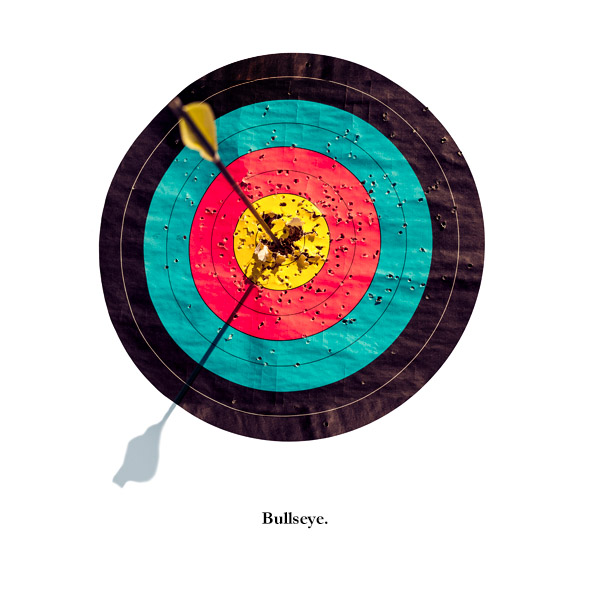
So here’s to the heavy-handed ones. The bludgeoners. The Acme-brand anvilers and the ones who swing right for the nose. You can recoil from them or roll your eyes at them. About the only thing you can’t do is ignore them.
I’m talking about Charles Dickens. Christopher “BRAAAHM” Nolan. Those famous first four notes of Beethoven’s Fifth. The way Kanye West drops the horns on “Blood on the Leaves.” The head that pops out of Ben Gardner’s boat in Jaws. Every chess metaphor on The Wire, and every hairstyle in American Hustle. Bruce Springsteen’s velvet rims and the hands strapped across his engines. The poster for Magic Mike XXL, and the train-entering-the-tunnel ending of North by Northwest. And message movies, like Modern Times and The Grapes of Wrath. And protest songs, like “We Shall Overcome” and “Fuck tha Police.” And the social novels that, you know, actually made a difference, like Oliver Twist and Uncle Tom’s Cabin.
And here’s to the told-not-shown ending of The Great Gatsby, a book that renders all criticisms of its unsubtlety ridiculous. The whole book is about the appeal of a man who favors loud colors and bold gestures, bright, monogrammed shirts and great fireworks displays of exuberance and wealth. Jay Gatsby comes out and says what he means, even when it means spelling out the themes of the book. (“Can’t repeat the past? … Why of course you can!”) There’s one character in that book who hates Gatsby’s parties, who thinks he can’t be an Oxford man because of his pink suit. When we demand subtlety, privileging masks and minimalism over on-the-sleeve feeling and on-the-nose meaning, we turn ourselves into a bunch of Tom Buchanans.
---
Photo illustrations by Lisa Larson-Walker. Photos by Getty Images & Thinkstock.
